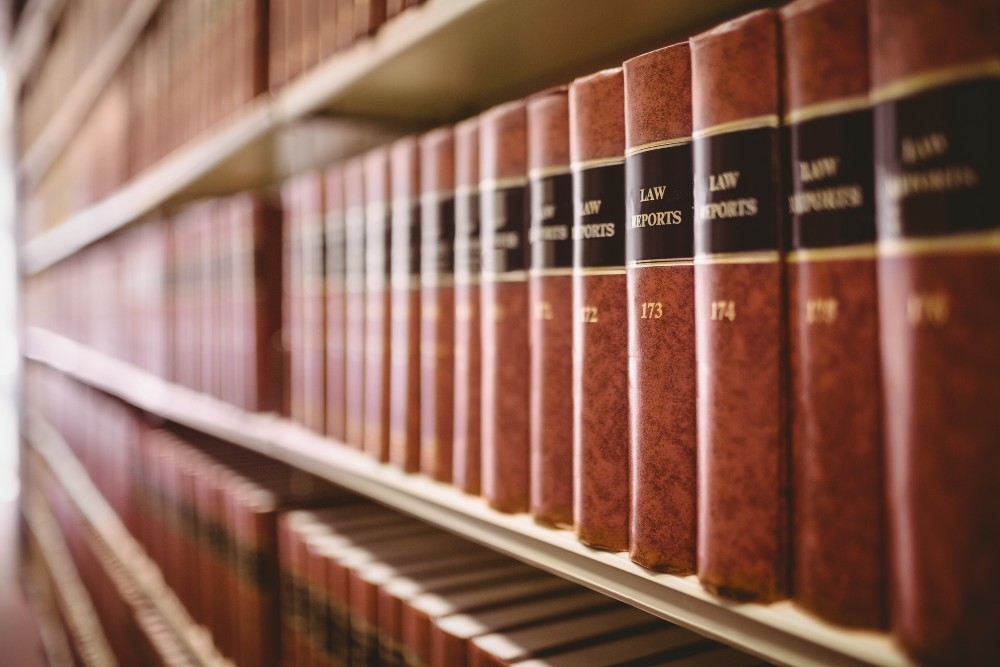What Are Drug Classes?
The Controlled Substances Act established drug classes. It also scheduled drugs by how harmful, medically useful, or addictive. The schedules range from I to V, with Schedule I being the most addictive and most likely to require inpatient treatment and therapy at a rehab facility. Discover what each drug class is and which substances fall under each.
Alcohol
Alcohol is a central nervous system depressant that doesn’t appear on the drug schedule. However, it is illegal for people younger than age 21 to consume alcohol in the United States. It is also illegal to consume alcohol to excess and drive a vehicle.
Cannabinoids
Marijuana or cannabis is a drug that works on the cannabinoid system in the body. The results can be feelings of happiness and increased hunger, feelings of sleepiness, and sometimes nausea. Currently, marijuana is a Schedule I substance. This means it has no medical use and a high potential for abuse. However, many states have approved marijuana for medical use.
Opioids
Opioids are pain-killing medications that include morphine, fentanyl, and Dilaudid. They belong to the drug schedule IIN, which means they are narcotics that have accepted medical use but have a high potential for abuse.
Stimulants
Most stimulants belong to the Schedule II drug class. Examples include amphetamines doctors prescribe to treat ADHD, such as Adderall.1 Methamphetamine is also a Schedule II drug because it has some medical uses, yet a high potential for abuse.
Benzodiazepines
Benzodiazepines are sedatives that help relieve anxiety, reduce the risks of seizures, and promote sleep. This medication largely replaced barbiturates as the prescription sedative of choice.1 Examples include lorazepam (Ativan) and alprazolam (Xanax). They belong to the Schedule IV drug schedule.2 This means they have a lower potential for abuse when compared to Schedule III substances.
Barbiturates
Barbiturates are sedatives people used to take more commonly to promote sleep and relieve anxiety. Examples include amobarbital and pentobarbital.3 These medicines are in the Schedule II drug class.
Sleep Aids
The sleep aid zolpidem (Ambien) is a Schedule IV controlled substance. Like benzodiazepines, they are less likely to cause medical problems or be as addictive as earlier drug schedules.
Hallucinogens
Hallucinogens like lysergic acid diethylamide (LSD) are Schedule I controlled substances.2 Another hallucinogen is ecstasy, a pill that people often take at raves. This means hallucinogens don’t have medical value, and they aren’t safe to use even under medical supervision. They also have a high potential for abuse.
Steroids
Anabolic steroids are medicines sometimes used to enhance athletic performance, increase strength, and appear more muscular. They are a Schedule IIIN substance, which means they are non-narcotic substances. An example of an anabolic steroid is Depo-Testosterone.
Over-the-Counter Drugs
Over-the-counter drugs are not on the drug schedule. However, there are some cough syrups made with codeine that are available by prescription. These contain more than 200 milligrams of codeine and have the potential for abuse.
Resources
- https://www.deadiversion.usdoj.gov/schedules/
- https://www.deadiversion.usdoj.gov/pubs/manuals/sec/app_law.htm
- https://www.healthychildren.org/English/ages-stages/teen/substance-abuse/Pages/Controlled-Substances-Not-Just-Street-Drugs.aspx





